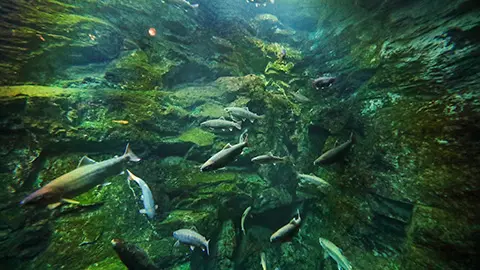VOL.196 SEPTEMBER 2024
JAPAN’S ENJOYABLE PUBLIC AQUARIUMS
Osaka Aquarium Kaiyukan: Grand Exhibitions Showcasing Marine Life from the Pacific Rim
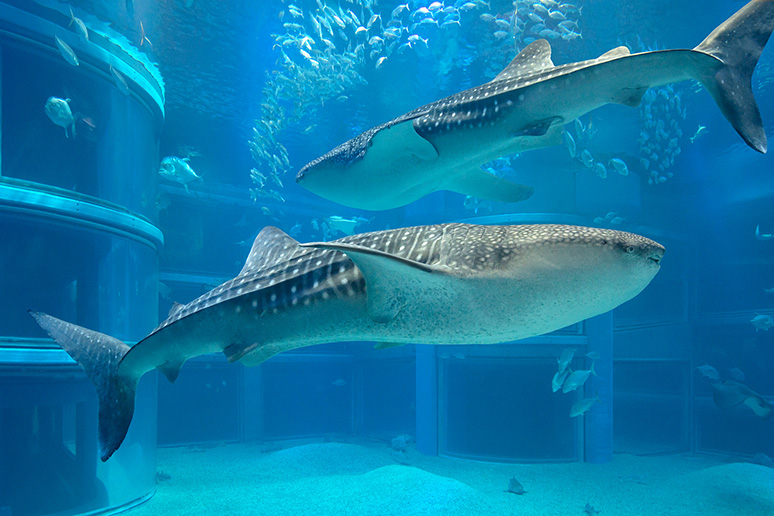
The Pacific Ocean tank, featuring two of the world’s largest fish, the whale shark, is nine meters deep, 34 meters wide at its longest point, and holds an immense volume of 5,400 tons of water.
Photo: Osaka Aquarium Kaiyukan
In Osaka City, Osaka Prefecture, there is an aquarium with one of the largest collections of marine life exhibits in the world. Since opening in July 1990, the aquarium has attracted approximately 85 million visitors. We spoke with a staff member to learn more about the features of this remarkable facility.
Located about 30 minutes by train from Shin-Osaka Station, a major transportation hub where the Shinkansen stops, and approximately an hour by bus from Kansai International Airport, the Osaka Bay Area attracts many visitors as a popular recreational destination. Within this area, in a complex featuring a Ferris wheel and other attractions, is the Osaka Aquarium Kaiyukan, commonly referred to as Kaiyukan. The public relations officer describes its features as follows: “The aquarium houses and exhibits approximately 620 species and 30,000 individual marine creatures. A major feature is the concept that our planet and all living things on it are closely integrated with each other, forming a single organism. We achieve this by recreating the natural environments of the Pacific Rim regions surrounding the Pacific Ocean in our exhibits.”
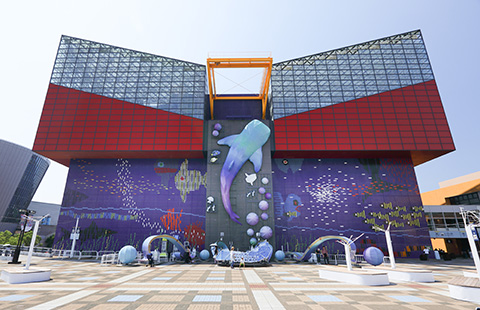
Photo: ISHIZAWA Yoji
Among the tanks named after various regions of the Pacific Ring of Fire*, the massive Pacific Ocean tank, which stretches from the 6th to the 4th floor at the center of the building, features the leisurely swimming of the large whale sharks**.
“The whale sharks at Kaiyukan have nicknames: the male is named Kai, and the female is named Yu. These nicknames are retained even when the individual sharks are replaced, creating a lasting bond with our visitors. The whale shark, the largest shark species in the world, can grow to over 12 meters, but many aspects of its biology remain a mystery. At Kaiyukan, we compile records from daily observations of behavior and measurements of length. Actually, after a certain period of care, we release them back into the ocean with tracking devices attached to study their natural migration routes and other movements.”
“Moreover, in the area known as Japan Forest, visitors can see small-clawed otters in a landscape featuring a flowing waterfall and lush vegetation resembling a Japanese forest. Other highlights include the Tasman Sea tank, which represents the waters between southeastern Australia and New Zealand in the southwestern Pacific, where you can find Pacific white-sided dolphins***, and the Arctic Circle tank, home to popular seals. Each of these exhibits features beloved animals that capture the hearts of our visitors.”
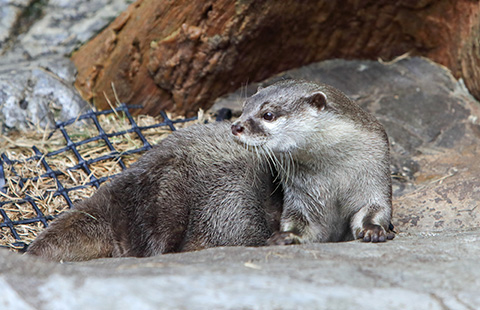
Photo: ISHIZAWA Yoji
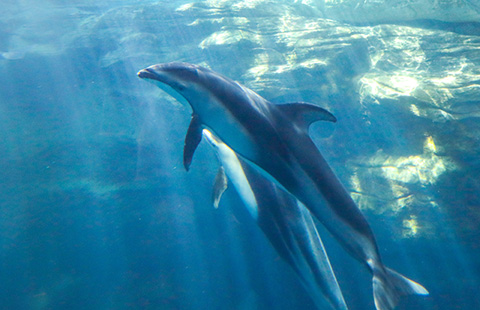
Photo: ISHIZAWA Yoji
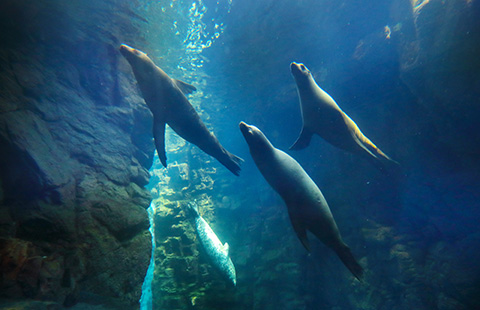
Photo: ISHIZAWA Yoji
Another feature of Kaiyukan is its focus on foreign tourists. “We currently offer brochures in 6 languages and our staff are attentive, providing greetings and assistance to enhance the guest experience. With a nearby amusement park, visitors can have a great time, so we encourage everyone to come and visit us.”
* The Pacific Ring of Fire is a region of concentrated volcanic activity surrounding the Pacific Ocean, including the west coasts of the Americas, the Aleutian Islands, the Kamchatka Peninsula, the Japanese Archipelago, the Philippines, New Guinea, and extending to New Zealand.
** The whale shark is the largest fish species in the world, found in temperate and tropical coastal and open ocean waters around the globe. In Japanese waters, they migrate from early summer to autumn.
*** The Pacific white-sided dolphin, which is commonly found in the temperate regions of the North Pacific, grows to about two meters in size as an adult and lives in groups.
By TANAKA Nozomi
Photo: Osaka Aquarium Kaiyukan; ISHIZAWA Yoji
